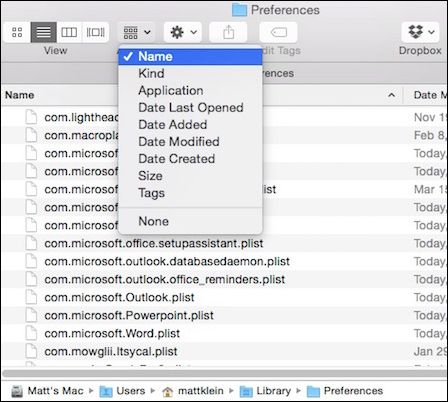

- #Office 365 for mac using too much disk space how to
- #Office 365 for mac using too much disk space install
- #Office 365 for mac using too much disk space update
- #Office 365 for mac using too much disk space software
- #Office 365 for mac using too much disk space tv
To do this, open the S ystem Preferences and click Software Update.
#Office 365 for mac using too much disk space update
The simplest solution is to update your Mac to the latest operating system, which clears out any updates you already downloaded.
#Office 365 for mac using too much disk space install
If your Mac downloaded a new macOS update but didn’t install it yet, it could be taking up a lot of System storage on your hard disk. From the Recommendations tab, enable the Optimize Storage option.Open the Apple menu and go to About This Mac > Storage > Manage Storage.It’s unlikely that optimizing the storage will clean up your System files, but it could still help create more space on your Mac.
#Office 365 for mac using too much disk space tv
This feature automatically removes files you no longer need, like old TV shows, movies and email attachments, to make space for new files. If you’re running out of space because System files are using all your storage, the Optimized Storage feature in macOS might be able to help. Reduce storage usage with the Optimized Storage feature Open Finder - click the Go menu - choose Go to Folder.

If you want to free up some more space - the Caches folder is our next destination. To delete one, enter the date into the following command: tmutil deletelocalsnapshots 3. You should see a list of all the dates your Mac saved Time Machine snapshots for. To do this, open Terminal from the Utilities folder on your Mac and enter the following command: tmutil listlocalsnapshotdates If you can’t connect an external drive to complete a new Time Machine backup, you can manually delete them using Terminal instead. Delete Time Machine snapshots using Terminal To fix it, connect an external drive and use Time Machine to back up your Mac. If you haven’t created a backup in a while, a build-up of Time Machine snapshots could be responsible for a lot of the System storage on your Mac. But when your Mac isn’t connected to your backup drive, it saves snapshots of those backups to your System storage instead. Normally, Time Machine creates regular backups of your Mac to an external drive. Back up your Mac to remove Time Machine snapshots Since your Mac doesn’t actually show you which files are using your storage, you’ll need to try out all of the methods below to find one that works instead. The best way to clean up System storage on your Mac depends on the kind of System files that are taking up your space.
#Office 365 for mac using too much disk space how to
How to manually clear System storage on your Mac Follow the cleaning hints suggested by MacKeeper in your scan report.Enable the option to Automatically scan my Mac every 24 hours.Select Auto-scan near the bottom-right corner, and click Manage Auto-scan.Click Find & Fix from the MacKeeper sidebar.This scan also protects your Mac from viruses, malware and other performance problems you might encounter. To do this, you need to install MacKeeper and enable the Auto-scan feature. That way, you never need to worry about it again. How to reduce system storage on Mac automaticallyĪlthough it’s possible to clear your System storage manually, it’s much easier to let MacKeeper do it for you automatically. In case that doesn’t happen automatically, let’s show you how to clear up System storage from your Mac yourself. As you run out of storage space, your Mac should automatically delete the System files it doesn’t need anymore so you don’t need to worry about it. Sometimes your Mac builds up an unnecessary amount of System files due to a bug, but most of the time it’s a normal part of how the operating system works. But occasionally, you might discover that System storage is taking up 100GB of space or more on your Mac. Typically, the System category takes up around 10GB. The System category includes the following types of files: Hover your mouse over each category to see how much space it’s using. You’ll see your storage split into categories like System, Apps and Photos. To view the storage usage on your Mac, open the Apple menu and go to About This Mac > Storage. Why is System taking up so much disk space on your Mac? You get one free fix, so you can really see how powerful it is. Download MacKeeper, and try out the other features too.

That’s just one way MacKeeper can help you get back disk space.


 0 kommentar(er)
0 kommentar(er)
